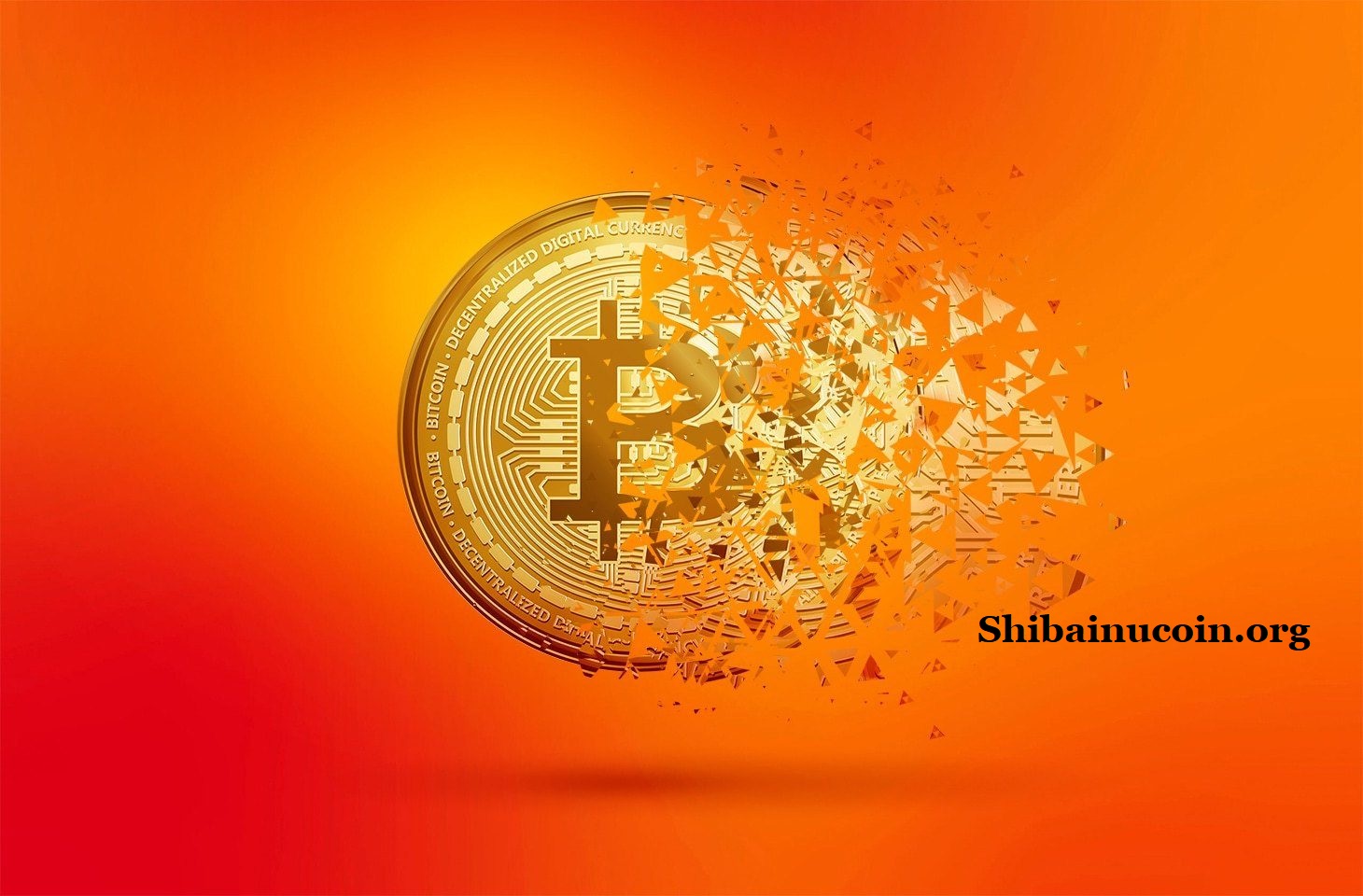In the ever-changing world of cryptocurrency, Bitcoin has long dominated the market as the flagship digital asset. Its dominance has been unrivaled for years, serving as the benchmark for the entire industry. However, recent trends suggest that the altcoin market—comprising all cryptocurrencies other than Bitcoin—is poised for upward momentum. As investors seek diversification, technological advancements continue to emerge, and blockchain innovation thrives, altcoins are gaining increased attention, with many showing promising potential to challenge Bitcoin’s market dominance.
This article explores why the altcoin market is set for a potential breakout, the key factors driving this change, and how investors can position themselves to take advantage of these emerging opportunities.
The Rise of Altcoins: A Brief Overview
Altcoins—alternative coins to Bitcoin—have been a part of the cryptocurrency landscape since the early days of the market. While Bitcoin remains the most well-known and widely adopted cryptocurrency, many altcoins offer unique use cases, technologies, and communities that differentiate them from Bitcoin. Some of the earliest altcoins, such as Litecoin (LTC) and Ripple (XRP), were created to address perceived limitations of Bitcoin, including transaction speed, scalability, and network fees.
Over time, the altcoin market expanded significantly, with thousands of cryptocurrencies emerging to cater to various needs, from decentralized finance (DeFi) to privacy, NFTs, gaming, and smart contracts. Today, some of the most notable altcoins include Ethereum (ETH), Cardano (ADA), Binance Coin (BNB), Solana (SOL), and Polkadot (DOT). Despite Bitcoin’s continued dominance, altcoins have found their niche in specific sectors and are increasingly seen as valuable assets for both speculative trading and real-world applications.
Bitcoin’s Market Dominance and the Challenge of Altcoins
Bitcoin’s market dominance, often measured as its share of the total cryptocurrency market capitalization, has traditionally hovered around 40% to 60%. While this figure fluctuates, Bitcoin has remained the dominant force in the cryptocurrency space due to its established network, first-mover advantage, and widespread recognition. Many investors view Bitcoin as a safe-haven asset, similar to gold, and a store of value, which has bolstered its reputation and driven institutional investment.
However, as the cryptocurrency market matures and evolves, altcoins are becoming more competitive, offering various features and functionalities that Bitcoin cannot match. Ethereum, for example, revolutionized the space by enabling the development of decentralized applications (dApps) and smart contracts. Other altcoins, like Solana and Cardano, have offered solutions to Bitcoin’s scalability issues, providing faster and cheaper transaction processing.
The increasing diversification of blockchain platforms, projects, and communities has created a fragmented yet increasingly dynamic cryptocurrency ecosystem. As a result, investors are starting to look beyond Bitcoin for opportunities in altcoins. Here’s why the altcoin market is poised for upward momentum.
Key Drivers of Altcoin Market Momentum
- Ethereum 2.0 and the Rise of DeFi
Ethereum has long been the second-largest cryptocurrency by market capitalization, and its Ethereum 2.0 upgrade has the potential to elevate its value even further. Ethereum 2.0 represents a major overhaul of the Ethereum network, transitioning it from the energy-intensive proof-of-work (PoW) consensus mechanism to a more scalable and environmentally friendly proof-of-stake (PoS) system.
This upgrade, which began in 2020 and is still being rolled out, promises to address many of Ethereum’s scalability issues, allowing the network to process transactions faster and at a lower cost. This, in turn, could fuel the growth of decentralized finance (DeFi) applications built on the Ethereum network, which have already gained significant traction in recent years. DeFi, a new form of finance that operates without traditional intermediaries like banks, has seen massive growth, with billions of dollars locked in Ethereum-based protocols. As Ethereum 2.0 continues to roll out, Ethereum’s utility as a platform for DeFi projects is expected to further increase, making it a key player in the altcoin market.
- Advancements in Blockchain Technology
Another factor contributing to the growth of the altcoin market is the continuous innovation and development in blockchain technology. Several altcoins are leveraging blockchain advancements to address Bitcoin’s limitations and offer unique solutions. For example:
- Cardano: Known for its scientific approach to blockchain development, Cardano uses a proof-of-stake model and is designed to provide scalability, security, and sustainability. Its growing ecosystem and focus on real-world applications, such as identity verification and supply chain tracking, are attracting attention from investors and developers alike.
- Polkadot: Aimed at facilitating interoperability between different blockchains, Polkadot allows different blockchain networks to communicate and share data with one another. This could potentially solve many of the scalability issues that currently plague the industry, positioning Polkadot as a major player in the altcoin space.
- Solana: Solana’s focus on high-speed transactions and low fees has made it a popular choice for decentralized applications, especially in the realms of gaming and NFTs. With its fast-growing ecosystem, Solana has emerged as one of the leading alternatives to Ethereum.
As blockchain technology continues to evolve, more projects will likely emerge to offer innovative solutions and capitalize on new trends, such as NFTs, privacy coins, and interoperable ecosystems. These advancements are key drivers of the altcoin market’s growth and contribute to its potential to challenge Bitcoin’s dominance.
- Institutional Adoption of Altcoins
Another major factor contributing to the rise of altcoins is the increasing institutional interest in digital assets. Traditionally, institutions have focused primarily on Bitcoin as a store of value or hedge against inflation. However, this is starting to change as more altcoins demonstrate their potential for mainstream adoption.
For instance, Ethereum has gained significant institutional support due to its ability to power decentralized applications, smart contracts, and the DeFi ecosystem. Some hedge funds and venture capital firms have also been investing in projects that focus on scalability, interoperability, and the broader blockchain ecosystem. The increasing involvement of institutional players is bringing credibility and liquidity to the altcoin market, providing a boost to its potential for growth.
- Speculative Trading and Retail Investment
The rise of speculative trading has also played a significant role in fueling altcoin growth. Retail investors, many of whom were early adopters of Bitcoin, are increasingly diversifying their portfolios by investing in altcoins. Social media platforms, online communities, and influencer endorsements have amplified interest in altcoins, creating waves of hype around specific projects or tokens. This has led to price surges for altcoins such as Dogecoin, Shiba Inu, and others.
While speculative trading can be volatile, it also drives momentum and helps altcoins gain visibility and liquidity. As more investors flock to altcoins in search of higher returns, the market for alternative cryptocurrencies continues to expand.
What’s Next for Altcoins?
As the altcoin market gains momentum, investors are increasingly looking at altcoins as viable alternatives to Bitcoin, with many offering technological advancements, real-world applications, and potential for significant growth. While Bitcoin’s dominance will likely remain for the foreseeable future, altcoins are rapidly gaining ground, particularly those with innovative use cases and strong developer communities.
Ethereum’s transition to Ethereum 2.0, blockchain interoperability projects like Polkadot, and scalable platforms like Solana are likely to be key players in the altcoin space in the coming years. As blockchain technology continues to evolve and new projects emerge, the altcoin market will likely continue to diversify, offering investors an array of opportunities to capitalize on.
For those interested in exploring the altcoin market, staying informed about the latest technological advancements, trends, and regulatory changes will be essential. As the market matures, the battle for dominance between Bitcoin and altcoins is bound to intensify, creating exciting opportunities for both short-term traders and long-term investors alike.
Conclusion
The altcoin market is on the verge of upward momentum, with numerous factors driving its growth and positioning it to challenge Bitcoin’s long-standing dominance. Technological advancements, including Ethereum 2.0, DeFi, blockchain scalability, and interoperability, are contributing to the increasing relevance and appeal of altcoins. Additionally, institutional adoption and speculative retail investment continue to fuel the altcoin market’s expansion. As these trends continue, the altcoin market has the potential to carve out a more significant share of the overall cryptocurrency space, offering investors diversified opportunities and exciting possibilities for the future of blockchain technology.



